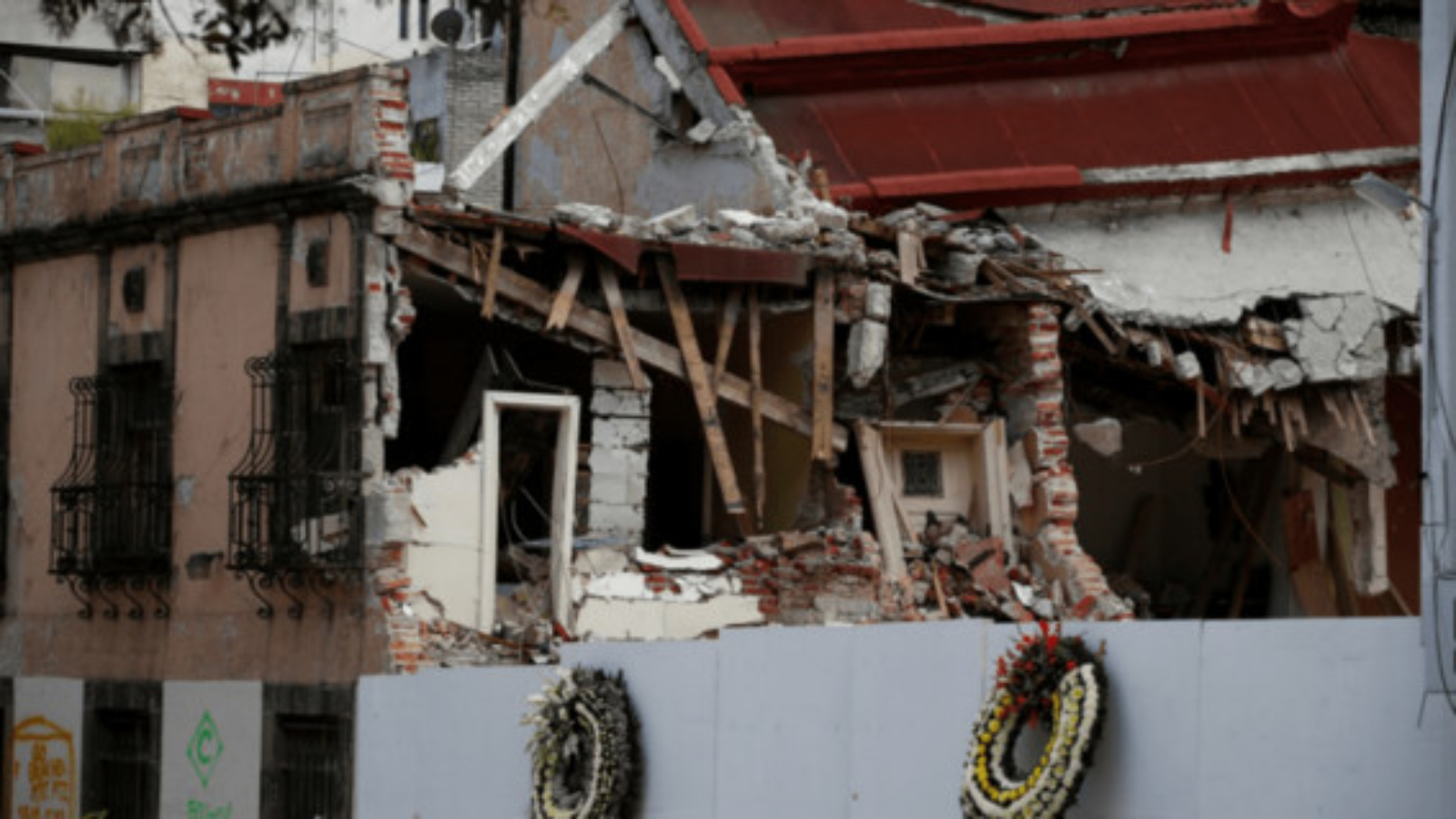Publicado en Aljazeera
Mexico City – Alejandra Castillo and her husband had been living in their brand-new, Mexico City apartment for only six months when a 7.1-magnitude earthquake shattered their entire building block to the ground two years ago, taking their apartment down with it. Two women died under the collapsed buildings.
“I remember everyone was screaming, and we were all trying to reach the safety zones,” Castillo said last year as she recalled the 2017 quake.
“I couldn’t make it because of the intensity of the ground’s movements, so a colleague dragged me. I cried ‘Dear God!’ and we both said our prayers,” she added.
In the aftermanth, with nearly 230 people killed and over 5,000 buildings damaged in Mexico City alone, international aid flew in, the government allocated emergency funds, and a month later there was a nearly $800m reconstruction fund available to help survivors like Castillo.
Yet today, Castillo is still a tenant after spending her life savings on the apartment she lost to the earthquake. The only help she says she’s received is the monthly stipend of about $200 the government gives people who lost their homes that day, which only covers half of her rent.
“At least with the new administration things are more efficient,” Castillo told Al Jazeera. “We now receive the money through electronic deposit, instead of having to go queue every month for hours at an office.”
In December 2018, there were changes in Mexico’s federal and state administrations, with Andres Manuel Lopez Obrador taking office as the country’s president and Claudia Sheinbaum as Mexico City’s mayor. New commissions were set up to deal with the earthquake’s aftermath.
“I think the new administration [in Mexico City] has done more in nine months than the previous one did in 15,” Castillo said.
While Miguel Angel Mancera and interim Jose Ramon Amieva were mayors, reconstruction committee members resigned their positions alleging government corruption and non-governmental groups denounced that more 95 percent of the $797m reconstruction fund was unaccounted for.
“What happened with those funds remains a black hole,” said Mauricio Merino, head of Mexico City’s new Reconstruction Consulting Committee.
Merino leads Nosotrxs, the NGO that reported the reconstruction fund’s unaccountability in 2018 and issued transparency and future disaster planning guidelines. He was also one of the reconstruction committee members that resigned during the previous administration.
Mexico City’s new reconstruction website allows the public to access the new census of damages and to download detailed spreadsheets of fund management.
“I do believe this issue [accountability] has been solved, and it has been done well,” Merino told Al Jazeera. “However, demolition is still a concern, the process is still ongoing and there are still many buildings that are fragile and can collapse at any moment.”
Roofless but hopeful
When Al Jazeera visited Arcadio Resendiz a year after the earthquake, the 50-year-old and his family were confused about how to navigate the bureaucracy needed to rebuild their entire roof.
Part of Resendiz’s roof had collapsed during the quake, and Civil Protection had deemed the entire complex where his home stands unsafe, ordering it to be demolished.
“Everything is still the same as last year,” Resendiz told Al Jazeera this week.
“There’s still no roof and the rain still pours inside my granddaughters’ room. Since it was leaking through the wall into the dining room next door, I finally decided to clump together the rubble to stop the leaking.”

Leave A Comment